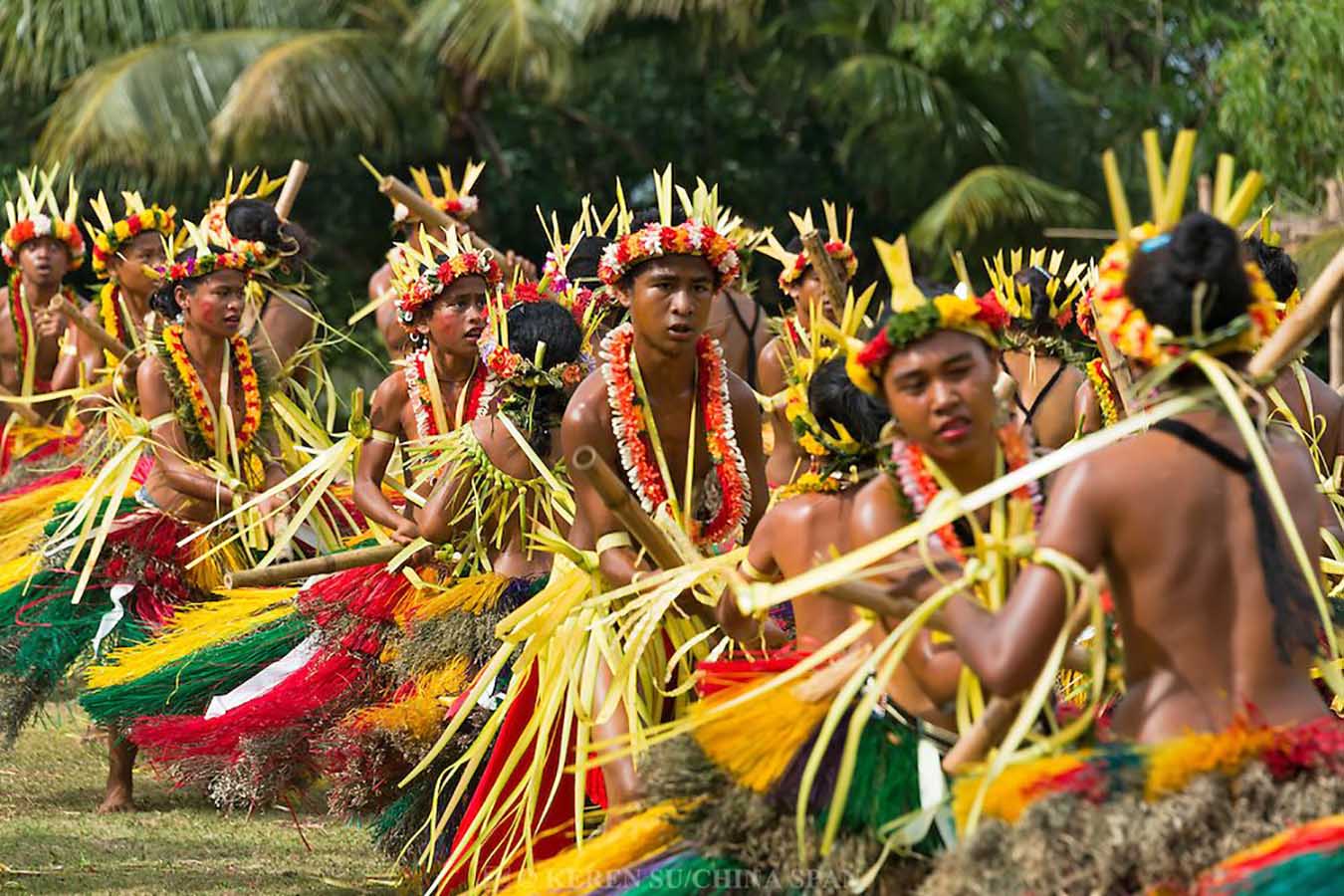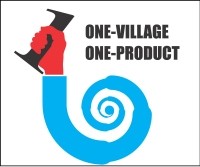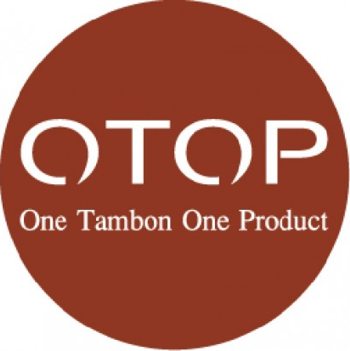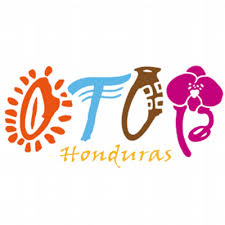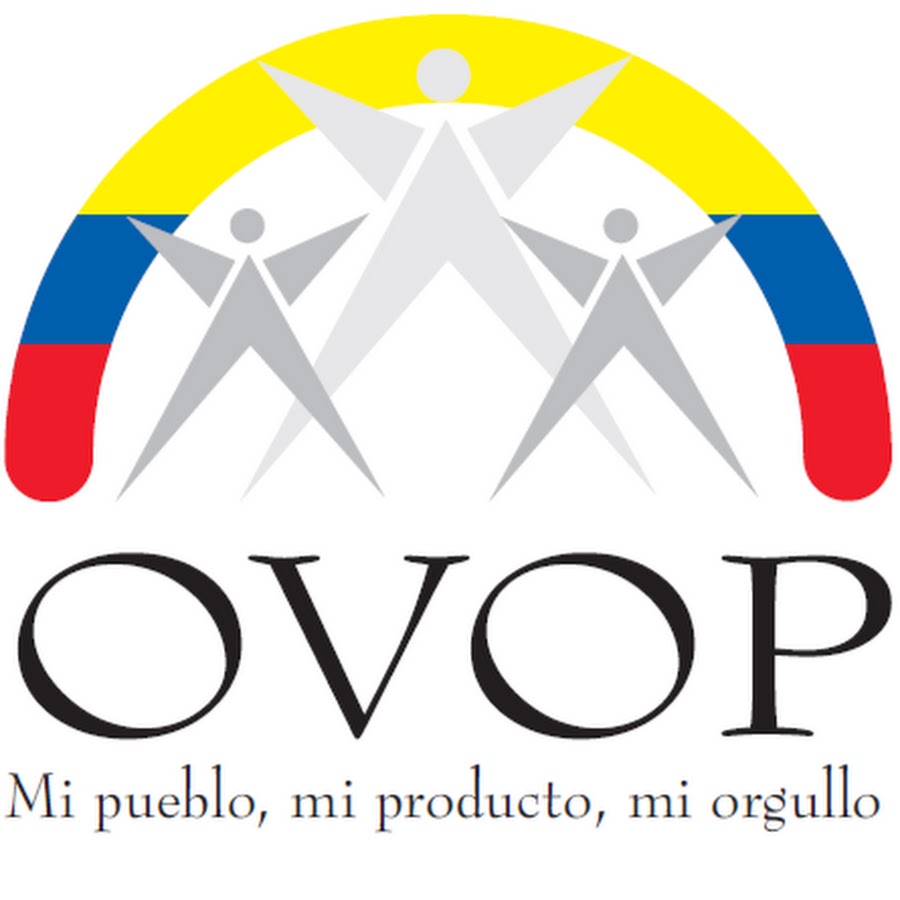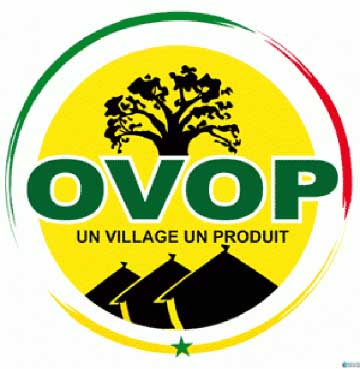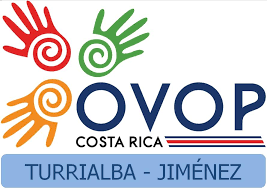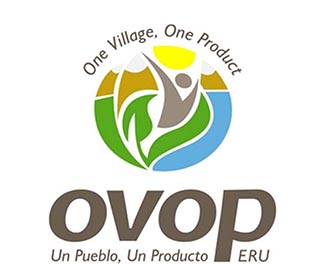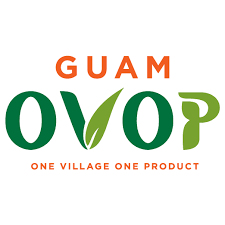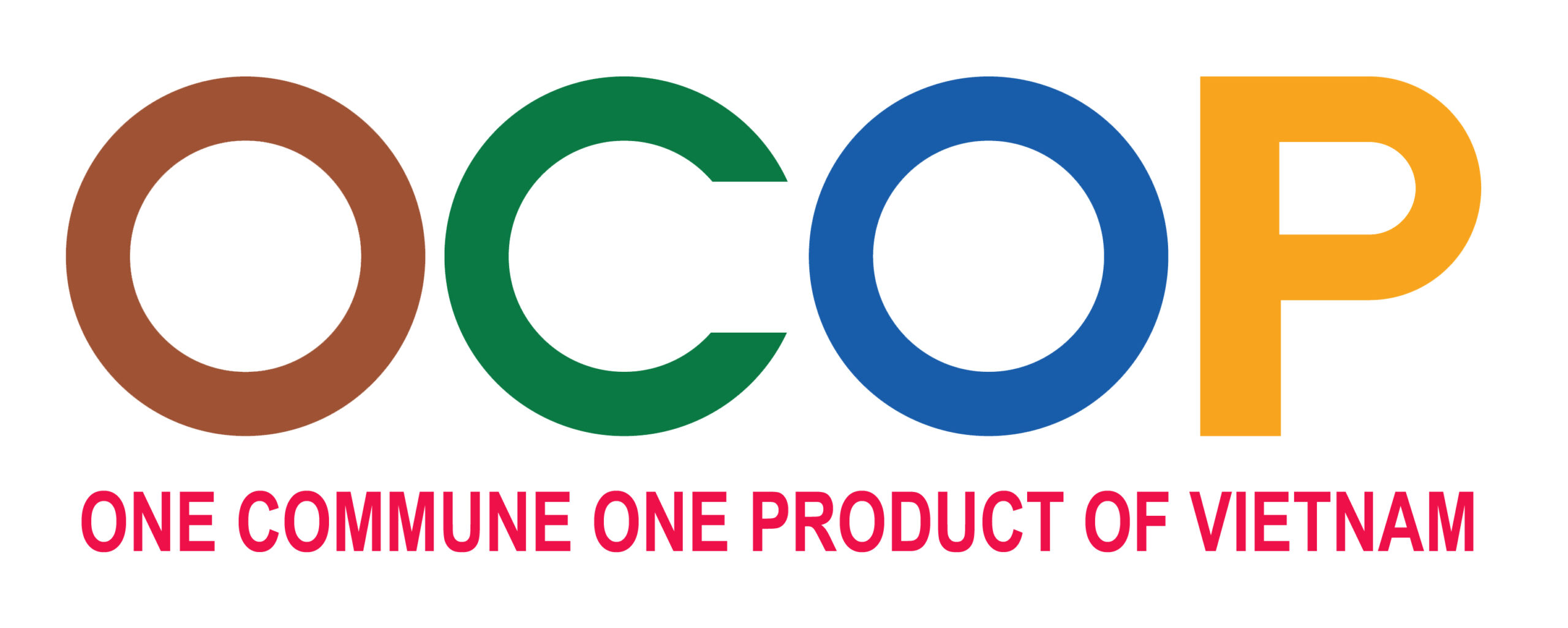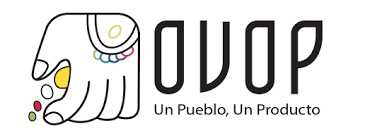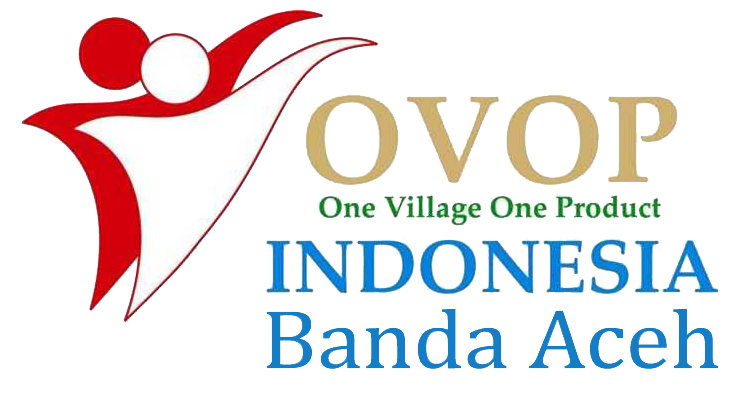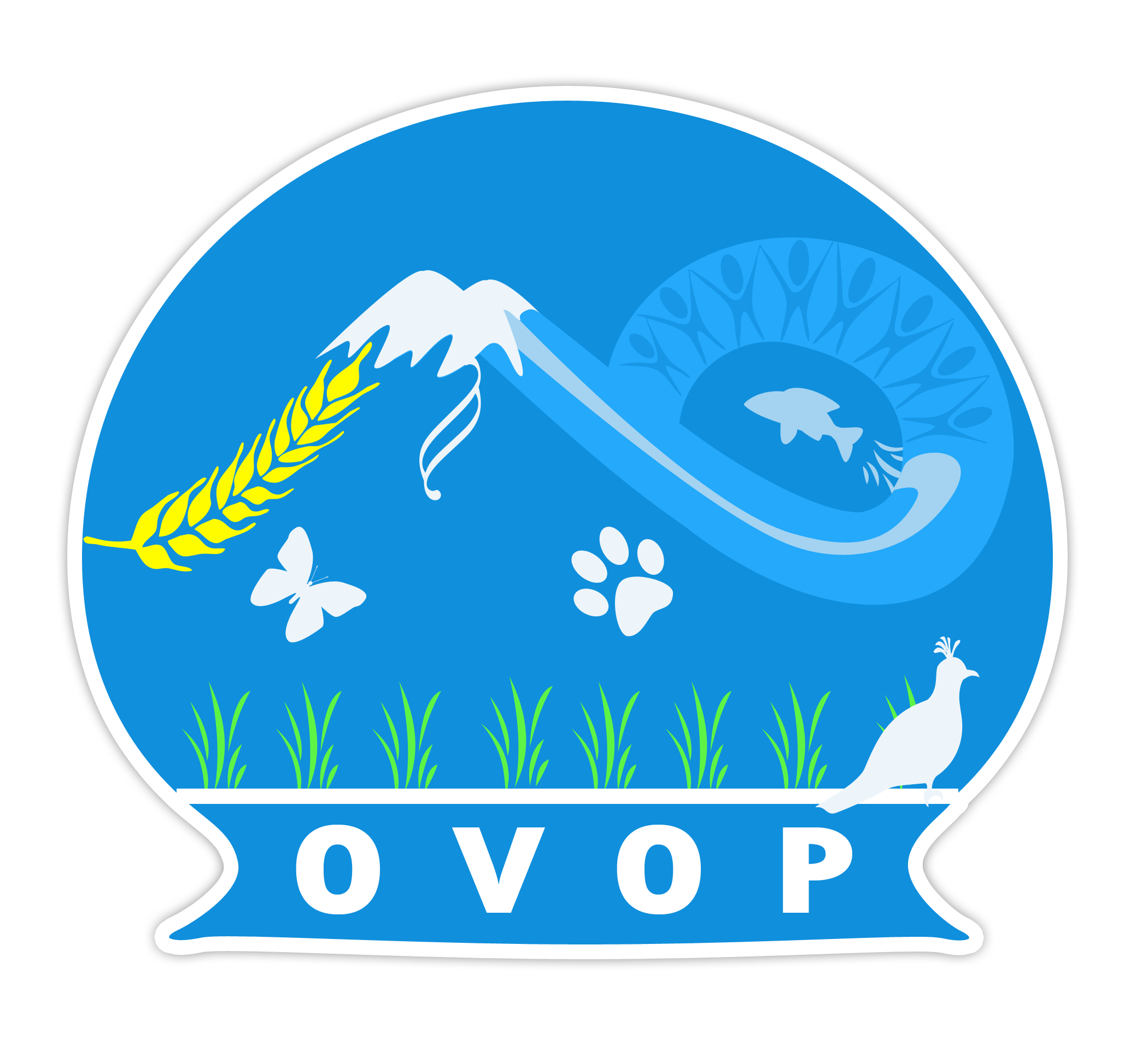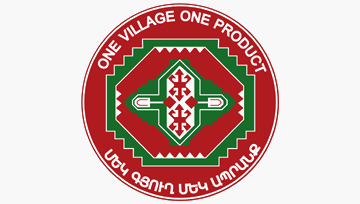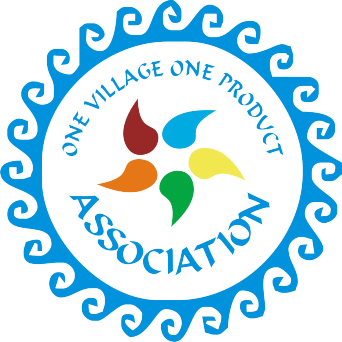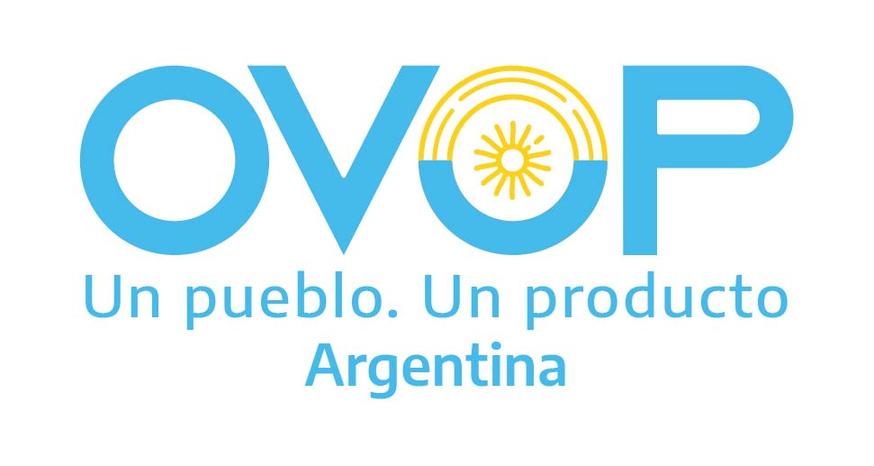AUSTRALIA - HAYMAN JUG
The Hayman jug is a craft classic that comes from the Sydney workshop of Ben Edols and Kathy Elliott. We glimpse the making behind the iconic wedding present and discover its greatest fan who inspired it. According to the maker, Ben Edols, “The process of glass blowing, that making of something from nothing, the teamwork, the continuation of the history and traditions of glass making are so important to me. I particularly love the process of cane making and have done since the very first time I tried it in art school days. The Hayman Jug is made with a central core of clear glass that is then formed up with around 40 coloured glass canes that have been pulled at an earlier stage. The canes are around 6m long at first, then cut down into 120mm lengths to use in the jugs. Each Hayman water jug is a single “pick up” off a steel plate, formed firstly into the body of the jug and secondly leaving enough material to shape up the handle with the same cane colours.”
AUSTRALIA - THE JARWUN
“Jawun” is a word in the Girramay, Jirrbal and Gulnay languages for a bicornual basket. These languages are spoken in the rainforest region, which incorporates Tully, Murray Upper and Cardwell on the north-east coast of Queensland. In the white settlement that occurred in the late nineteenth-century, many Jirrbal peoples were rounded up of communities into missions, which led to the decline of traditions such as jawun making. Some baskets were traded for tobacco. One of the avid collectors of jawun was Joseph Campbell, archdeacon and rector at Cairns (1904-9). In 1916, he sold his collection to the Queensland Museum for 30 pounds, where it remains as important record of material culture. Jawun making was revived in the late twentieth century thanks to the efforts of people like Abe Muriata, whose baskets are treasured as Australia’s living cultural heritage. Part of the pleasure of jawun making for Abe is the connection to an ancient tradition. “To me, it is an object that is a perfect form, it is a perfect engineering design. It is unique. My culture is an ancient culture and you find this jawun nowhere else in the world. Its manifold use as an object such as for food preparation, for food collection, for carrying babies—it is a multi-purpose utility object.”
PAPUA NEW GUINEA - BILLUM
One of the most popular and noteworthy objects in Papua New Guinea must be the bilum or the looped netbag or stringbag as it is also referred to. Both in the past and in the present, the bilum is stated to be one of the most culturally significant objects in Papua New Guinea. Made predominantly by women “but carried by everyone, they are a notable example of indigenous material culture that has persisted – indeed, flourished – in the face of introduced technologies”. The bilum has many local names, functions, shapes and sizes and carries everything from garden and market produce to private belongings, such as wallets and mobile phones, to newborn babies. Moreover, they are also used as “attire, dancing regalia, amulet, toy, trade commodity, wealth item, marker of identity, spirit catcher, shrine and source of all cultural resources” . Before wool and nylon string became available and popular, stringbags were made with natural fibres, such as the inner bark of the siria tree (Gnetum gnemon – Gnetaceae), which has been used in PNG’s Oro province for making stringbags.
FIJI - MASI
Tapa is the generic term for bark-cloth of the Pacific. However, each Pacific Island nation has their own specific name. Masi is the traditional bark-cloth of Fiji. Made from the paper mulberry tree, Broussonetia papyrifera, masi is made on several islands throughout Fiji. Vatulele Island is the most prolific at bark cloth production, with whole families partaking in masi making. The men plant, maintain and harvest the masi plants, and the women beat the bark and felt it into cloth. When masi is printed, it becomes masikesa. Kesa or print is applied with natural pigments from clay for reds and brown, and soot from burnt nuts or from kerosene lamps for black. The island of Namuka-i-Lau produces a very fine print style with the use of stenciling. Motifs are laid in various angles throughout a sheet of masi whilst maintaining a harmonious balance. Motifs comprise of geometric shapes symbolizing plant and animal life, cultural items, clans, and the vanua, or land.
NEW ZEALAND - WOOD CARVING
Whakairo (Māori wood carving) was brought over by Pacific ancestors when they migrated to New Zealand c900CE. Over the centuries, it evolved from geometric designs to distinctly curvilinear work as the culture evolved and became known as Maori. The earliest known Whakairo is the Kaitaia Carving and dates to c1300. Probably designed as a roof combing, the carving’s composition features a central male figure with bent arms and legs, very similar to carvings from Rurutu in the Austral Islands. Many of the earliest Whakairo come from this area, and around the coast of both islands of New Zealand.






